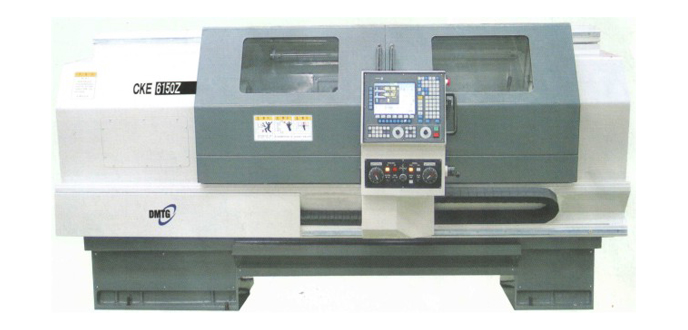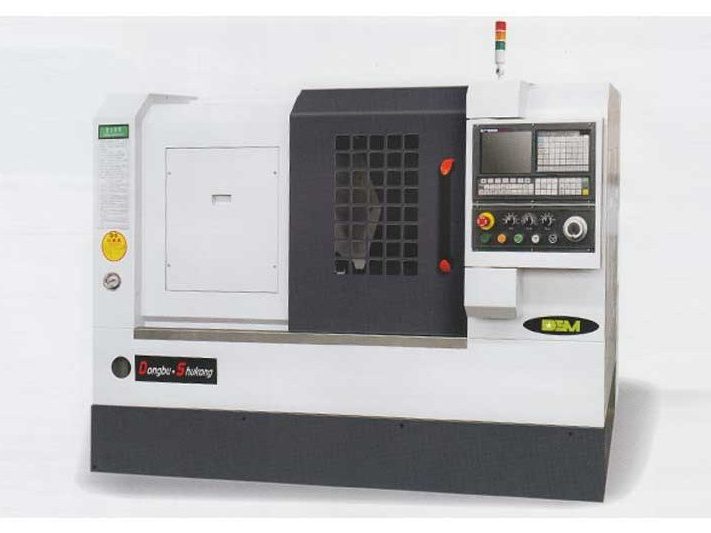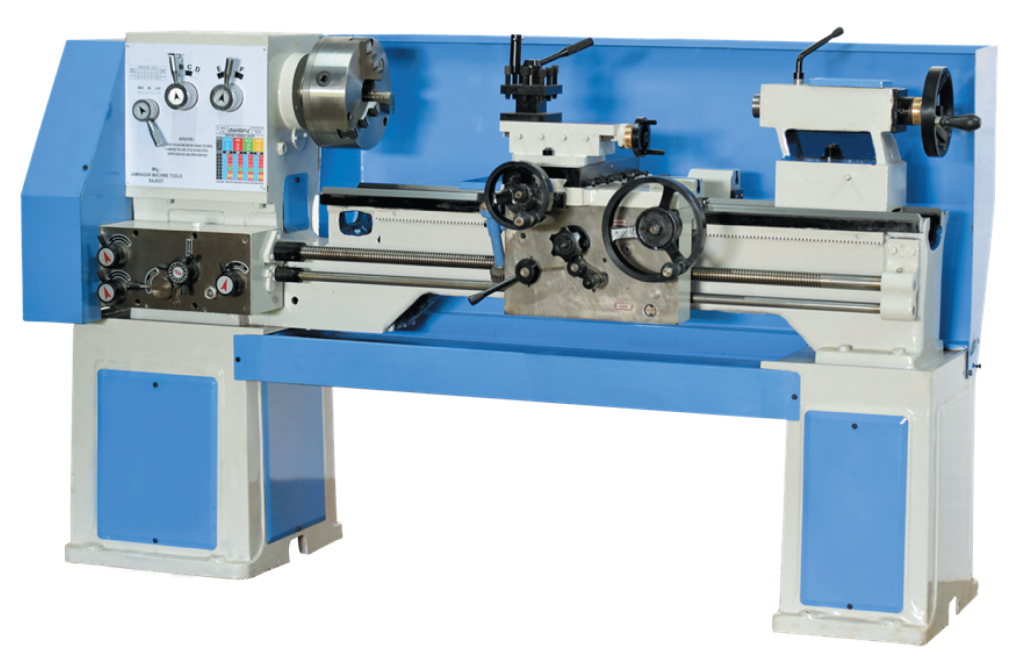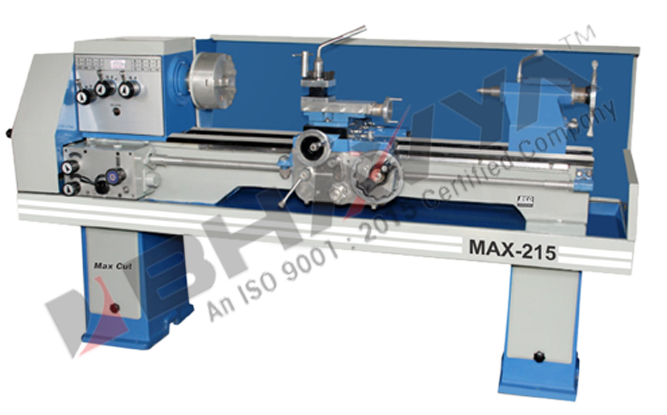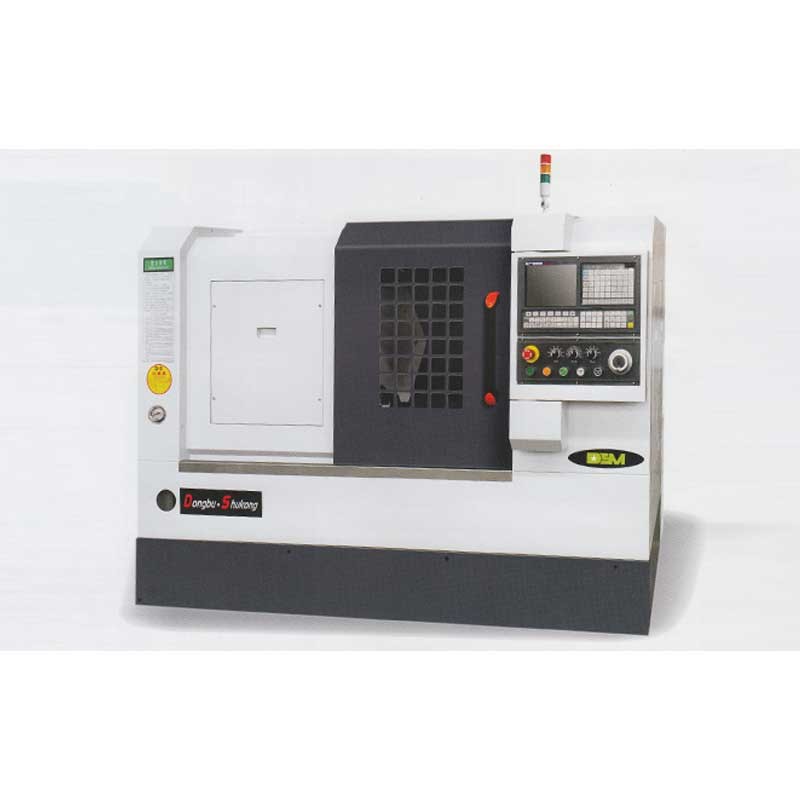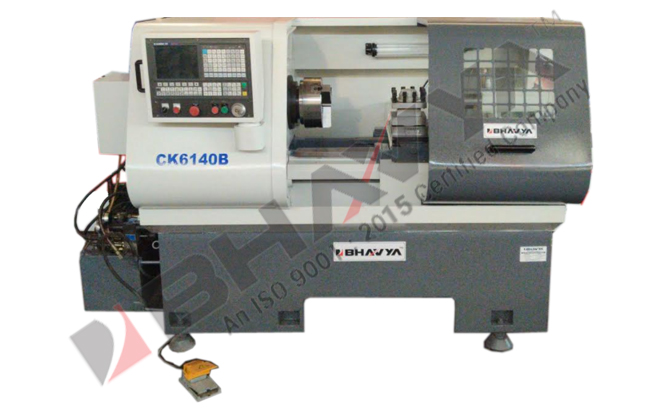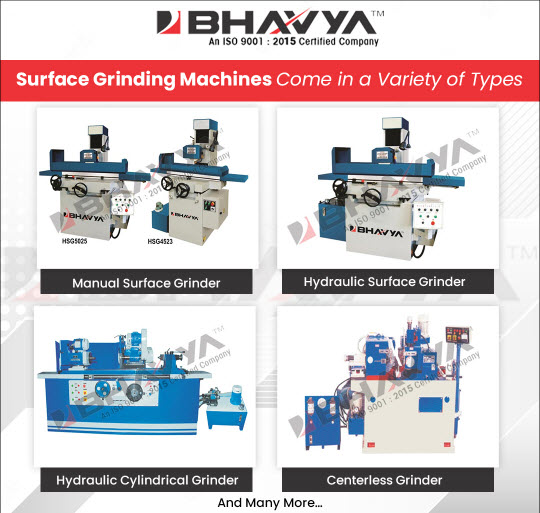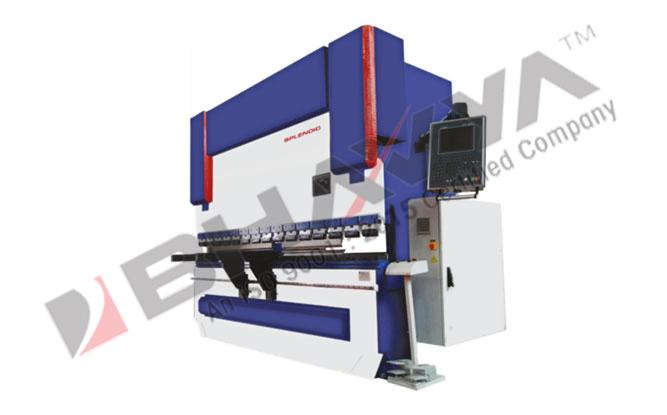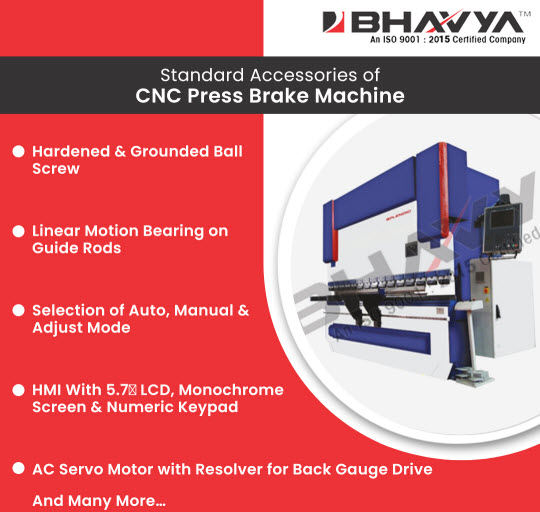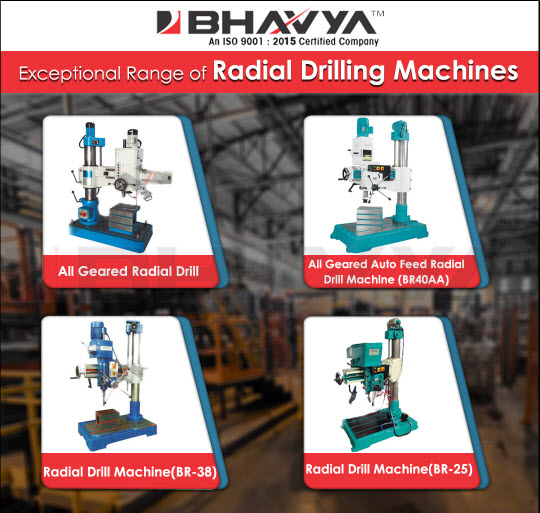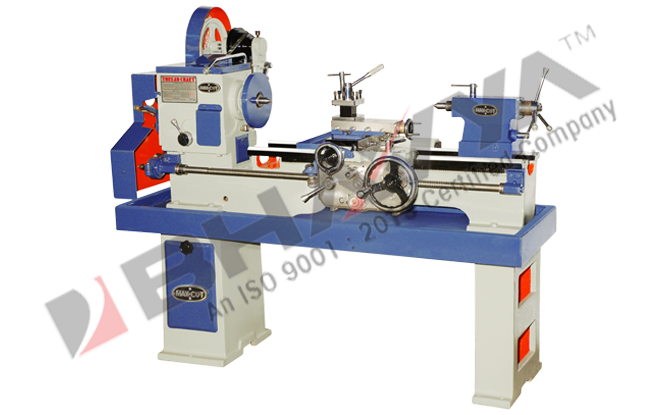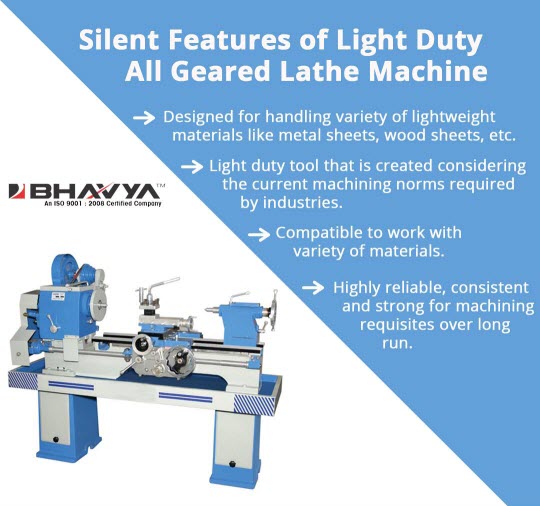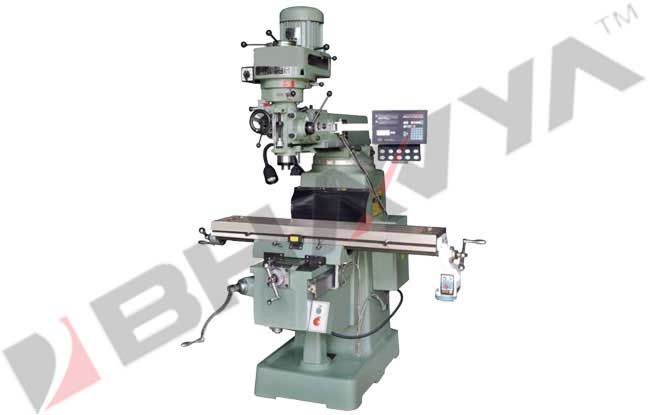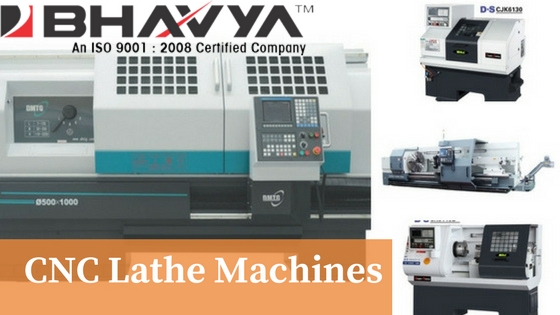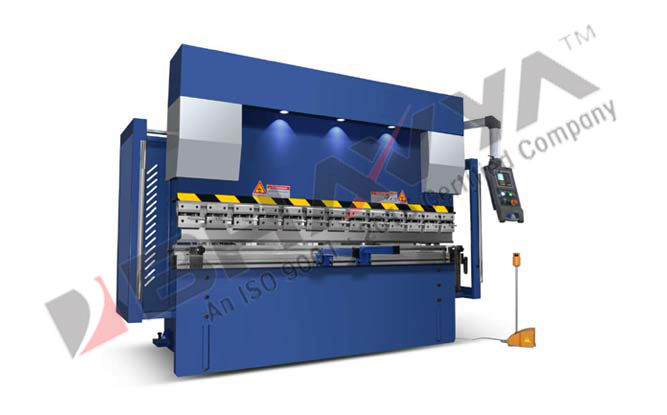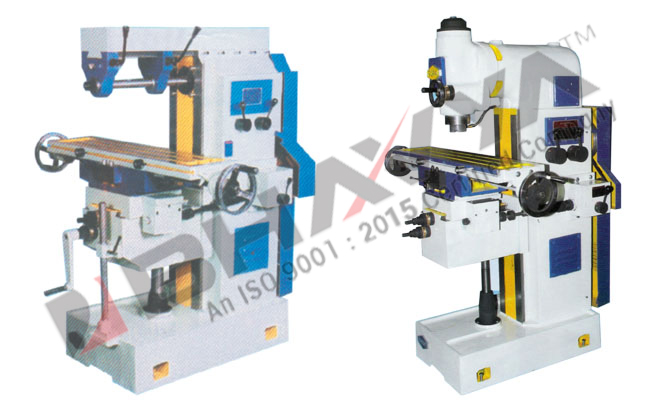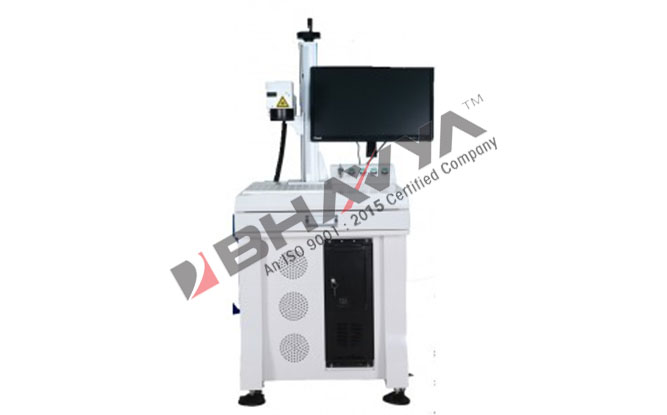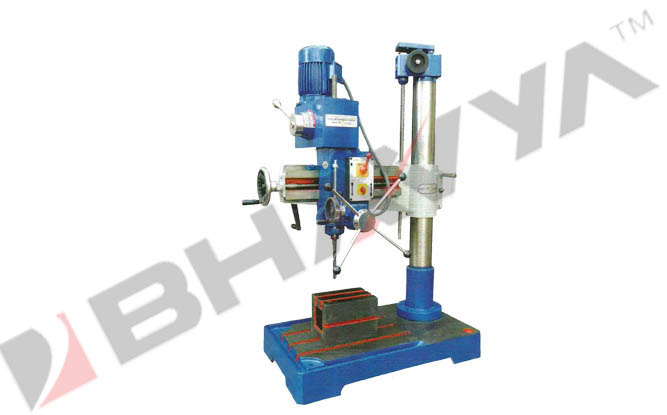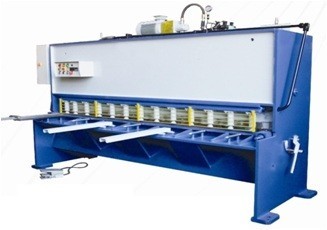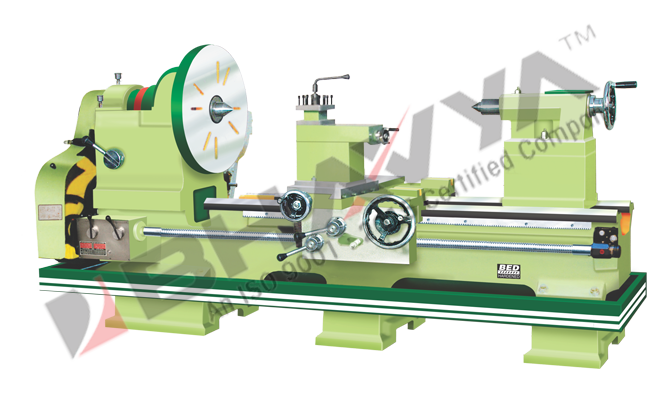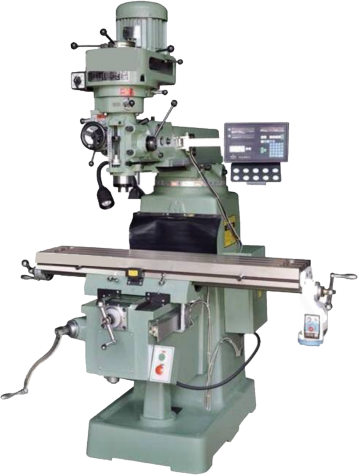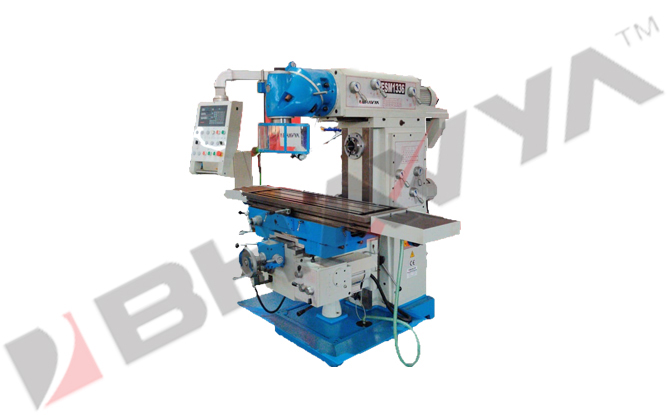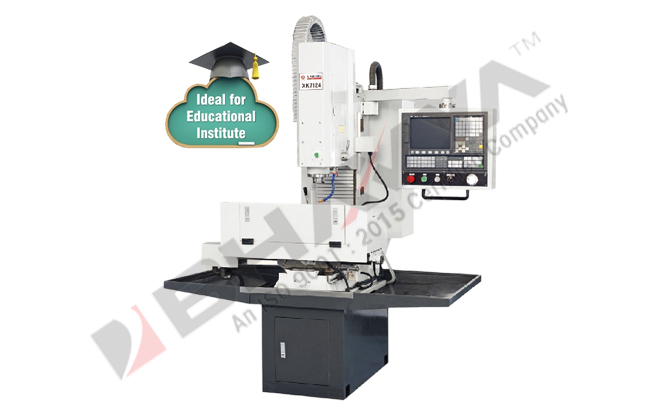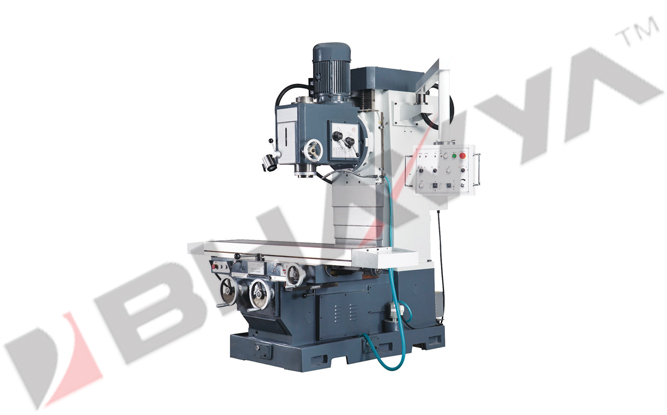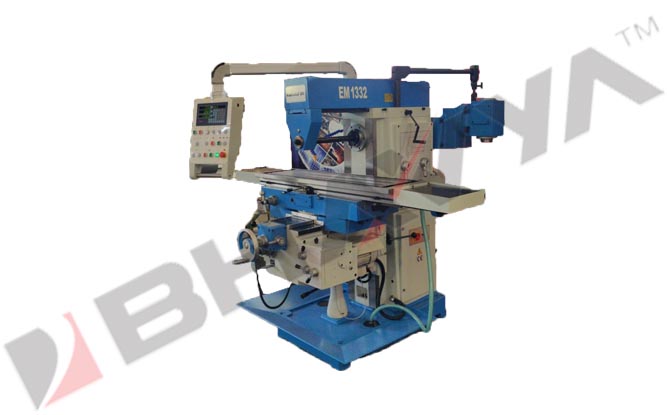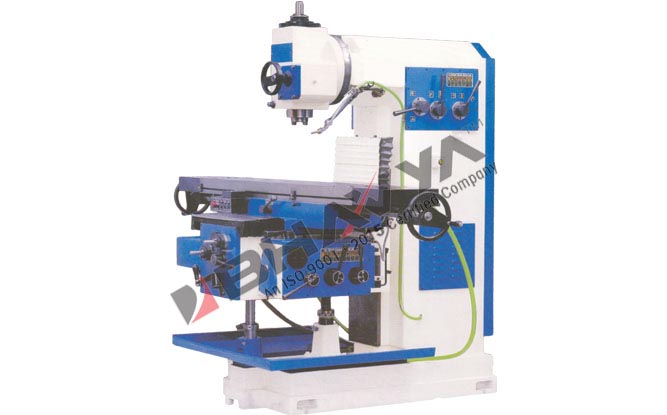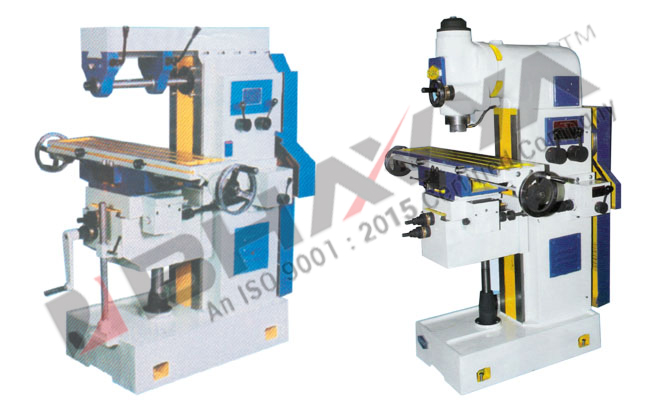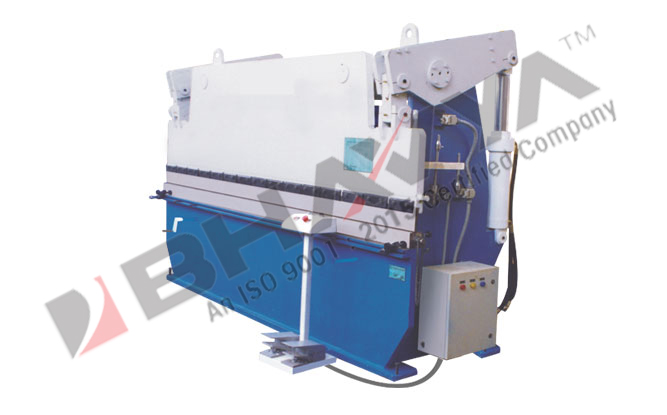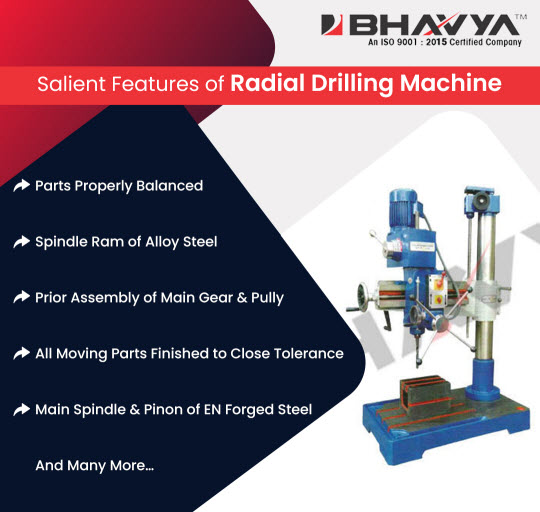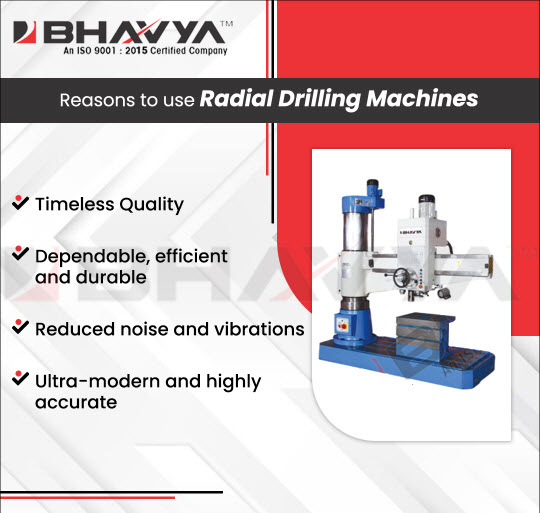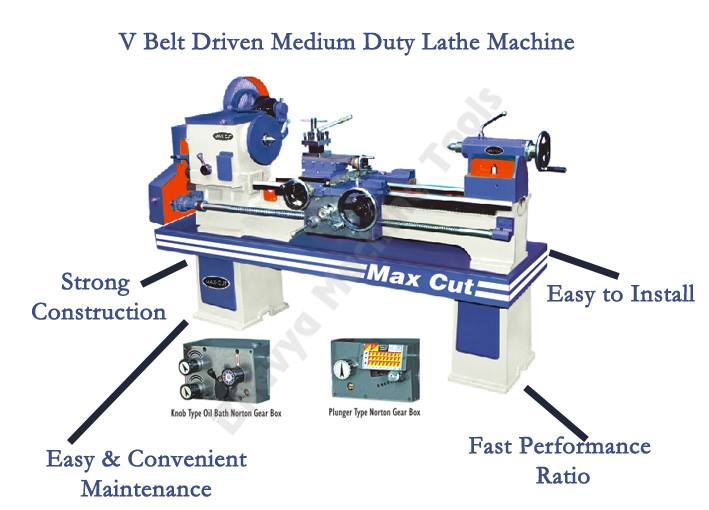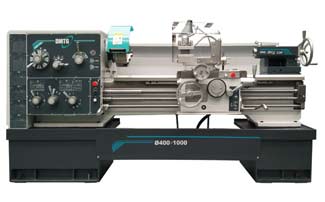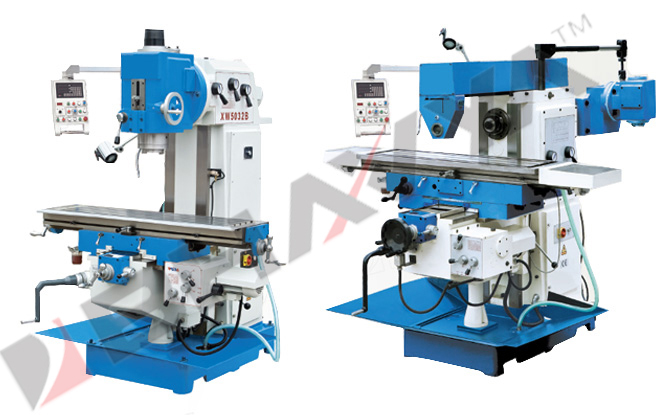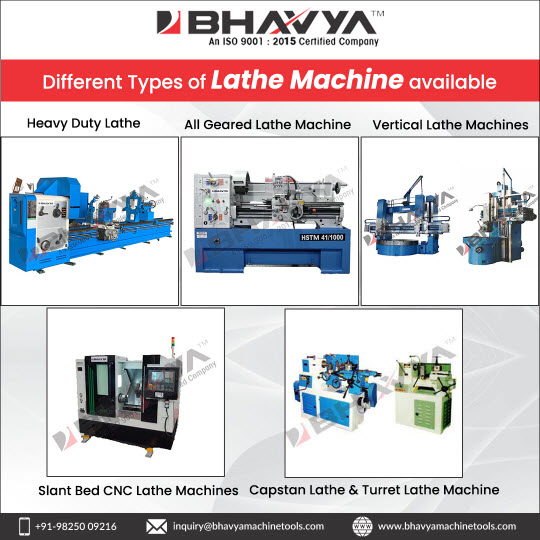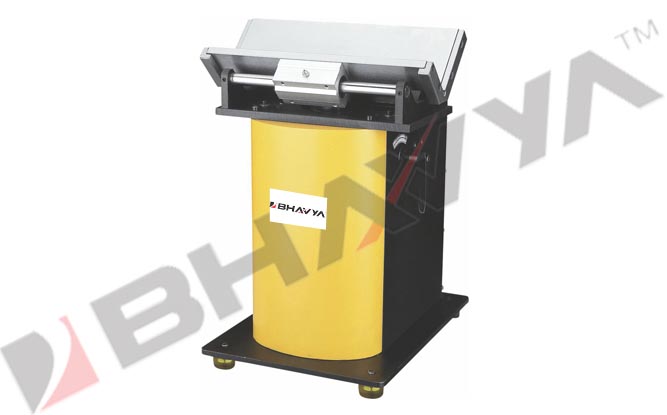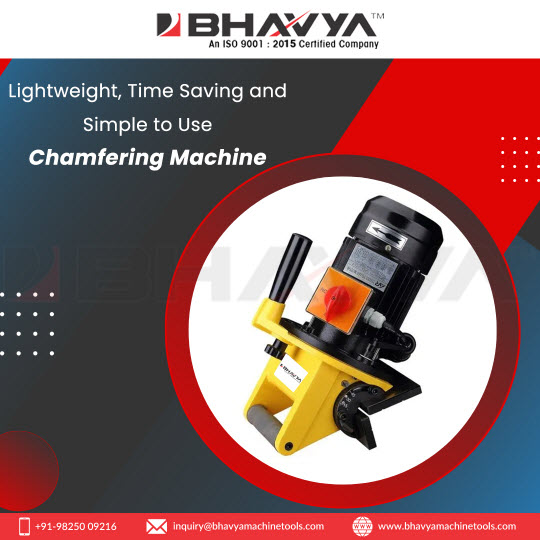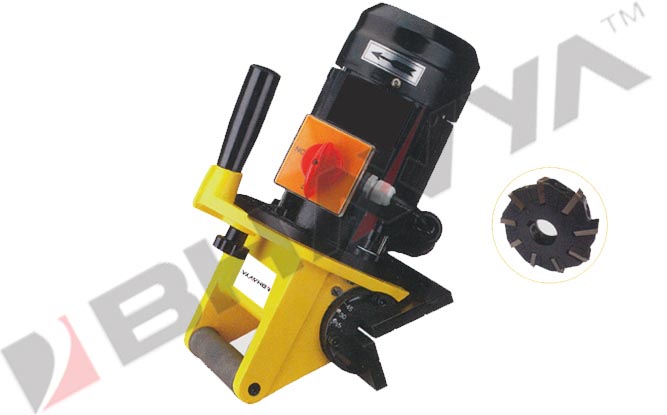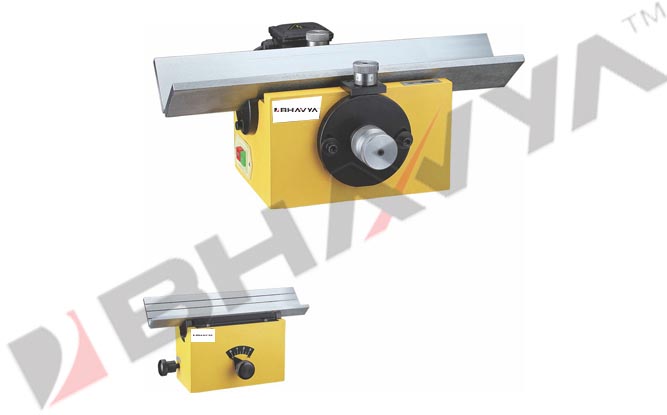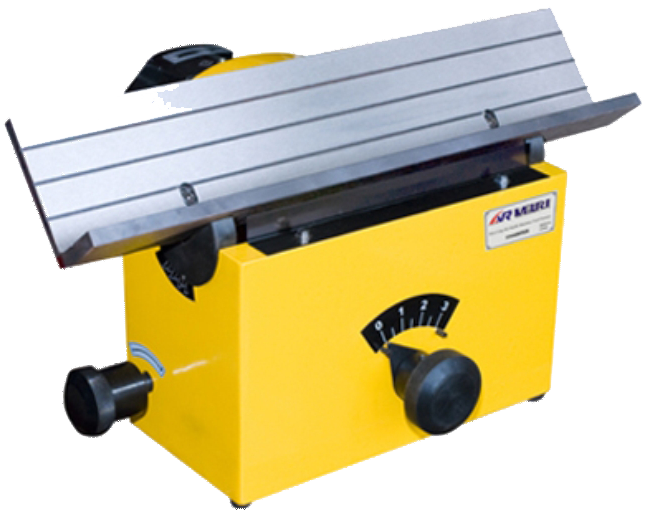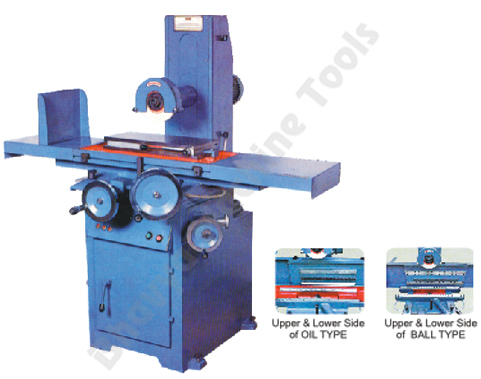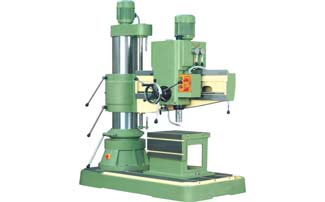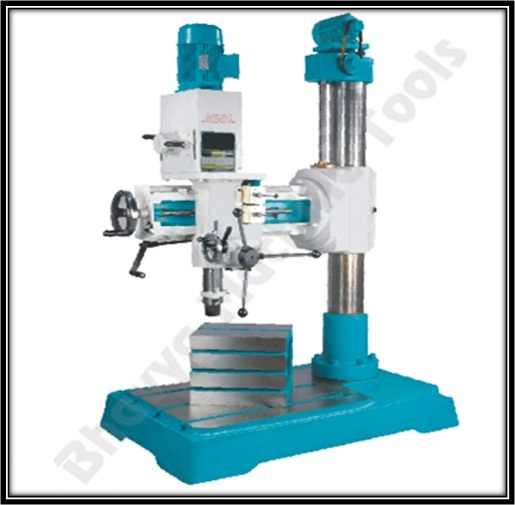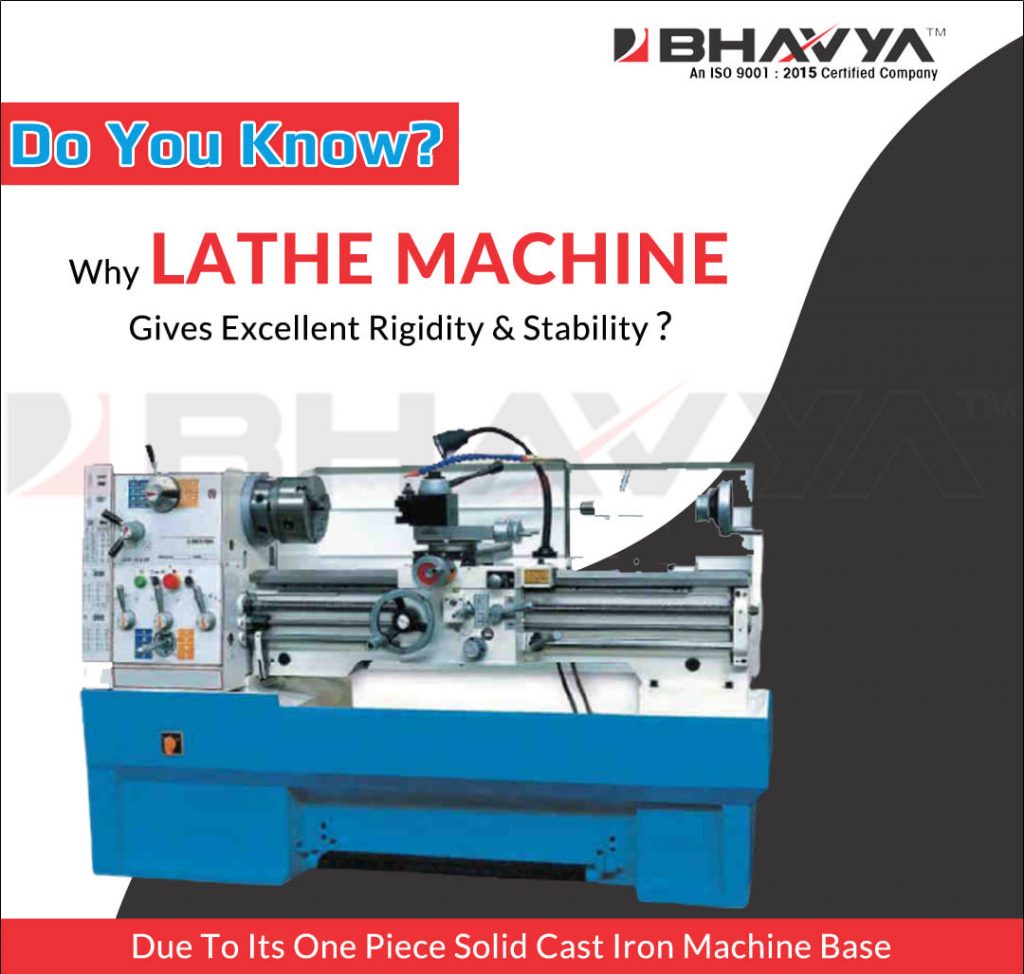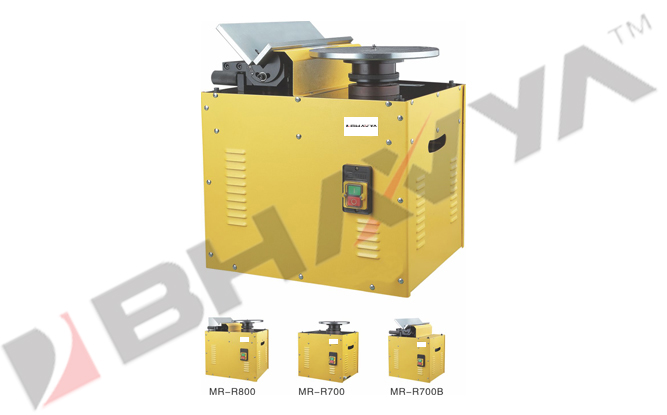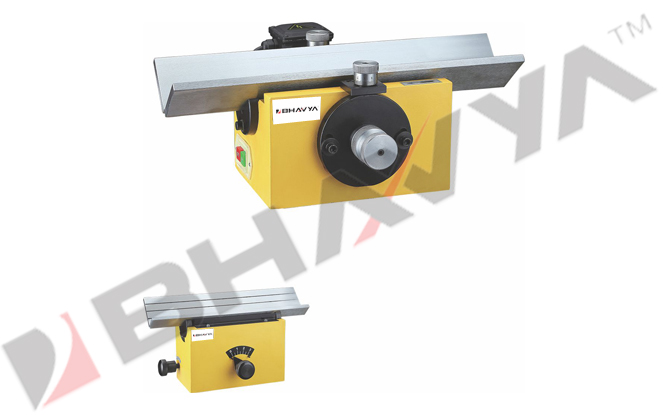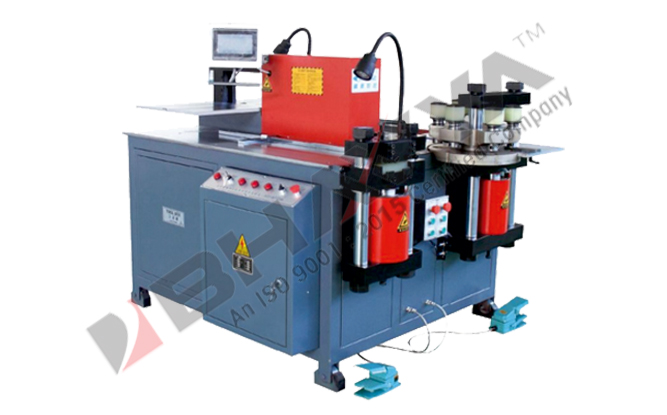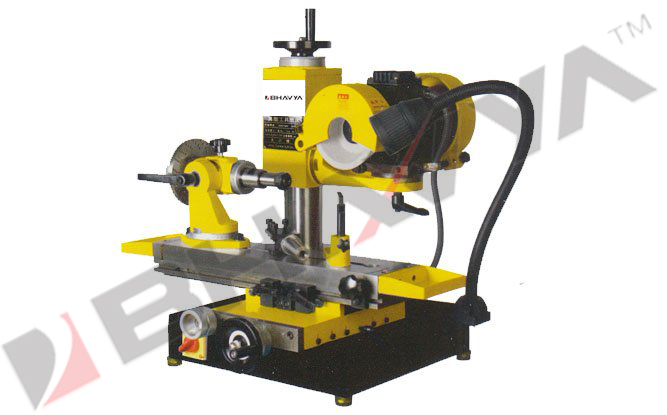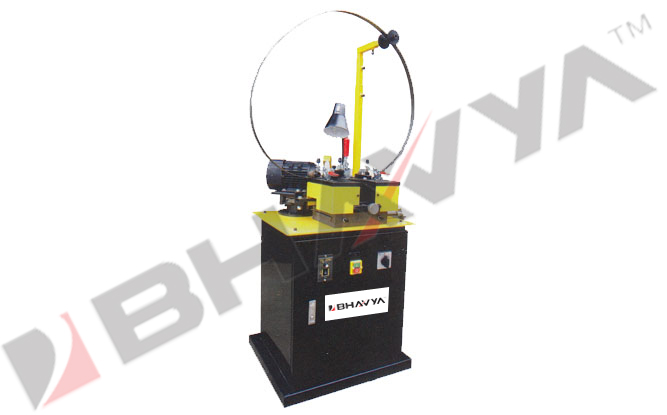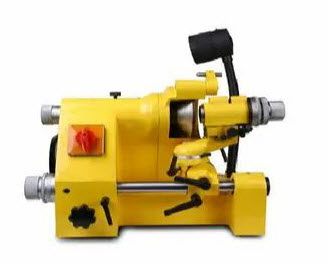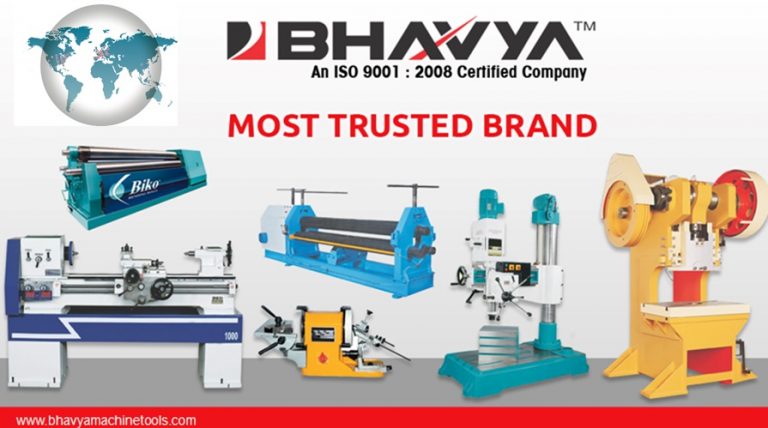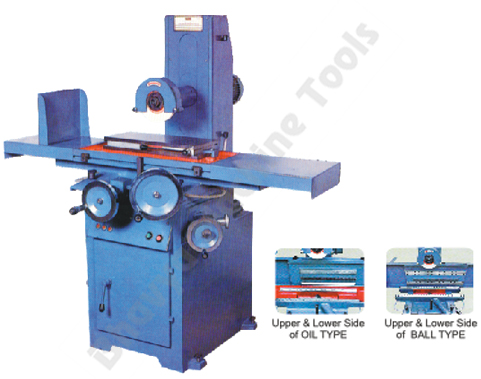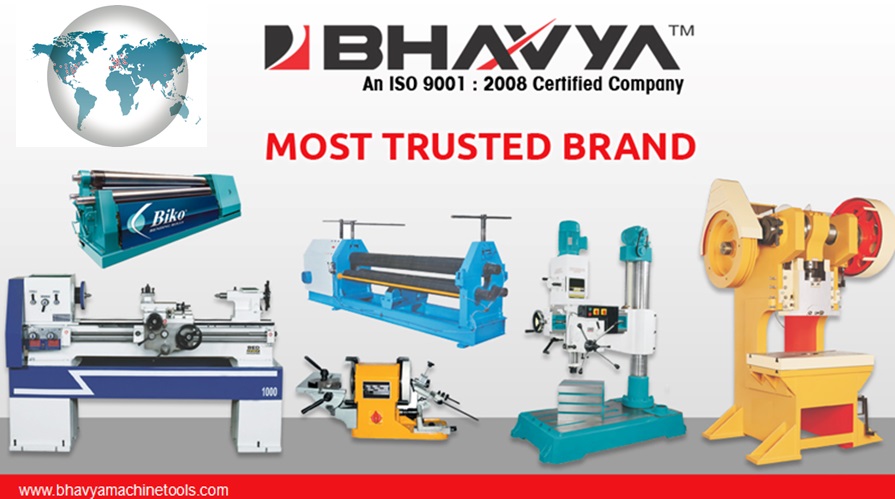Lathe machines are at the heart of Nigeria’s industrial development, supporting road construction, infrastructure projects and economic expansion. These machines play a crucial role in metal fabrication, equipment repair and precision machining, ensuring the durability and efficiency of infrastructure projects in cities like Enugu, Jos, Abeokuta, Ilorin, Maiduguri, Owerri, Uyo and Calabar.
From strengthening urban transportation networks to enhancing manufacturing industries, lathe machines are a key asset in Nigeria’s journey toward modernization.
Lathe Machines and Their Impact on Nigeria’s Infrastructure Development
The increasing demand for infrastructure in Nigeria calls for efficient engineering solutions. Lathe machines enable engineers and construction workers to manufacture essential metal components required for roads, bridges and buildings.
Key Contributions to Manufacturing Sector:
- Fabrication of durable metal parts for bridges and roads.
- Repairing and maintaining construction machinery.
- Supporting large-scale industrial projects with precision machining.
With these contributions, Nigeria’s cities are experiencing faster and more efficient construction processes.
Economic Benefits of Lathe Machines in Nigeria
Lathe machines not only support construction but also drive economic growth by fostering local industries and reducing reliance on imports.
1. Job Creation in Manufacturing and Engineering
The availability of lathe machines has led to an increase in skilled jobs in metal fabrication, machining and equipment maintenance. Cities like Abeokuta and Jos have seen a rise in small-scale machine workshops, offering employment to thousands of technicians and engineers.
2. Cost-Effective Infrastructure Development
By enabling local production of metal components, lathe machines reduce the need for imported parts, lowering the overall cost of road and bridge construction. This is particularly beneficial in cities like Enugu and Ilorin, where government-funded projects aim to maximize budget efficiency.
3. Support for Small and Medium Enterprises (SMEs)
Many SMEs involved in metalworking and industrial machining benefit from lathe machines. These businesses provide essential services to the construction industry, further strengthening Nigeria’s economy.
Infrastructure Growth: The Role of Lathe Machines in Nigerian Cities
1. Lathe Machines in Enugu: A Hub for Industrial and Urban Growth
Each Nigerian city has unique infrastructure needs and lathe machines contribute to addressing these challenges efficiently.
Enugu’s rapid urbanization demands strong infrastructure. Lathe machines assist in the manufacturing of critical components for bridges, commercial buildings and transportation networks.
2. Role of Lathe Machines in Jos: Enhancing Industrial and Mining Infrastructure
With its mining industry, Jos relies on lathe machines to manufacture durable metal parts for mining equipment. These machines also contribute to road networks, improving transportation efficiency.
3. Abeokuta: Strengthening Engineering and Construction Sectors
Abeokuta’s industrial base benefits from lathe machines in the production of construction-grade metal parts. The city’s growing engineering sector relies on precision machining to support infrastructure projects.
4. Lathe Machines in Maiduguri: Rebuilding Infrastructure with Heavy-Duty Machining
Lathe machines play a vital role in rehabilitating roads and buildings in Maiduguri, ensuring urban growth.
5. Lathe Machines in Owerri: Boosting Economic and Industrial Development
Owerri’s rising industrial activities require high-quality metal parts, which are produced using lathe machines. This contributes to the city’s ongoing infrastructure projects.
How Lathe Machines Enhance Manufacturing Efficiency in Nigeria?
Lathe machines are indispensable in Nigeria’s construction industry due to their ability to improve efficiency and reduce costs.
1. Reducing Material Wastage
Precision machining ensures that metal components are cut and shaped accurately, reducing material waste and improving cost efficiency.
2. Increasing Construction Speed
By providing custom-machined parts on demand, lathe machines help speed up road construction and infrastructure projects.
3. Ensuring Structural Durability
Machining high-quality metal components improves the longevity of bridges, roads and public infrastructure, minimizing the need for frequent repairs.
Government Initiatives Supporting Lathe Machine Usage in Infrastructure
The Nigerian government has introduced policies that promote local manufacturing and industrialization, increasing the use of lathe machines in construction projects.
1. Investments in Local Manufacturing
Efforts to boost domestic production have led to the establishment of more metal fabrication workshops, increasing the availability of lathe-machined components.
2. Infrastructure Development Plans
Government-backed road and bridge construction projects prioritize locally produced materials, driving demand for lathe machine operations.
3. Technical Training Programs
Vocational training centers across Nigeria are equipping young professionals with machining skills, ensuring a steady workforce for the growing infrastructure sector.

Conclusion
Lathe machines are transforming Nigeria’s infrastructure and economic landscape by enhancing efficiency in road construction, industrial development and urban expansion. Cities like Enugu, Jos, Abeokuta, Ilorin, Maiduguri, Owerri, Uyo and Calabar are leveraging these machines to support large-scale projects, reduce costs and improve construction durability. As Nigeria continues to modernize, the role of lathe machines in engineering and infrastructure will only grow stronger.
